
The bunker (circle) is located next to the watchtower at the Southwest gate, also known as the Right gate, to the Hue citadel.
The story of dismantling the military structures in the Hue Citadel area was mentioned many years ago. However, at that time, Hue City had not yet implemented the Project "Relocating residents, clearing the land in Area I of Hue Citadel" so all opinions were only for discussion, suggestions, and projections...
One or two works should be kept as evidence.
Since 2019, when implementing the Project and the following years, up to now, about 5,000 households in the Upper Citadel area have been relocated and resettled. Along with implementing this Project, the locality is also very interested in preserving and promoting the value of the Citadel relics, in which the Upper Citadel area has been returned to the ground, invested in renovation and is gradually building a walking path connecting around the Citadel.
However, in the citadel area, there are still 31 combat structures built by the US army from 1957 to 1975. These structures are scattered in various locations, mainly in the Upper Citadel (the upper part of the citadel wall). Previously, some bunkers were used by the people as auxiliary structures, so after the residents moved, they were abandoned, shabby, and at some points became gathering places for social evils.
In addition, some bunkers are located right on the walking street on the Upper Citadel or partially overlap the citadel wall, which not only causes loss of aesthetics but also in the long term may affect the citadel wall at that location. The policy of dismantling bunkers and underground tunnels inside the Hue Citadel is supported by many people to restore the general landscape of the relic system.
This will form the basis for the long-term and sustainable development of the heritage system. However, on some forums, there are many opinions that it is necessary to preserve some bunkers because they are part of history and can be the "highlights" of Hue citadel.
According to Associate Professor Dr. Do Bang, Vice President of the Vietnam Historical Science Association, history is always "overlapping" and continuous. Military structures in the Hue Citadel area need to be preserved, but not all of them, because they are not typical of the system of relics of the Citadel during the Nguyen Dynasty.
“The citadel itself is defensive in nature and so are the bunkers built later. Therefore, in my opinion, we should not leave all of these bunkers because it will lose the value of the entire Hue citadel system, but we should not dismantle them all because they are also “historical evidence”, but we should choose the most typical and unique construction to keep. If any historical events or battles happened there, that would be even better, later on that relic itself will have a story”, Associate Professor Do Bang expressed his opinion.
Sharing the same view, Dr. Phan Tien Dung, former Director of the Department of Culture and Information, currently Chairman of the Hue City Historical Science Association, said: When building the heritage profile of the Hue Monuments Complex, information about the citadel area did not mention these bunkers but only the rampart system under the Nguyen Dynasty. Now we are focusing on preserving the cultural values of the Hue Monuments Complex intact, so dismantling these bunkers is reasonable. If we could choose one or two structures in some locations to demonstrate a historical period of anti-American resistance here, it would also be acceptable.
“When building a pedestrian walkway on the Upper Citadel with bunkers blocking the way, it will be difficult for urban planning and traffic for residents and tourists. Therefore, in my opinion, we should only choose one or two historical structures that demonstrate our victory to keep, and the rest should be demolished,” said Dr. Phan Tien Dung.
Ensuring absolute safety for heritage must be top priority.
The representative of the Department of Culture and Information of Hue City also said that, from a general perspective, to keep the citadel sustainable, dismantling the bunkers is appropriate. From there, there will be more opportunities to preserve, conserve and promote the value of Hue citadel. In some locations on the Upper Citadel, the bunkers are inserted into the citadel wall, in the long run, it will also affect the surrounding area; and over time, they will sink, causing cracks in the citadel wall, affecting the aesthetics and landscape.
“If we do not dismantle it, building a walking route on the Upper Citadel in the future will affect the landscape and the walkways. If we want to keep it, we should only consider the bunkers located below, not the bunkers above the Upper Citadel. When dismantling it, we also need to take pictures, have documentary images, and show films to display later or tell the historical story of these structures,” the leader of the Department of Culture, Sports and Tourism shared.
Many experts, researchers and the community also expressed that when dismantling military structures in the Hue Citadel area, it is necessary to ensure safety, have appropriate construction plans and minimize the impact on relics, especially the wall structure system of Hue Citadel.
“It is important to know that the system of bunkers and underground tunnels in Hue Citadel was built very solidly. The walls and foundations of these structures have different thicknesses and depths, and are more dangerous, with many bunkers built close to the walls. Therefore, the demolition measures need to be carefully calculated by the relevant parties, with the participation of many sectors and fields, and need to be assessed and evaluated by the Ministry and branch in charge of heritage management. Returning space and landscape to the relics is important, but ensuring absolute safety for the heritage during the demolition process needs to be put first,” said a researcher.
According to the decision of the Hue City People's Committee, the dismantling of 31 combat structures in the Hue Citadel area, including 26 bunkers, 2 shelters, 2 watchtowers, 1 air defense position and 9 combat structures at the Tran Hai Thanh, Van Mieu - Vo Mieu relics will have a total estimated cost of 31 billion VND.
The project was assigned to the Hue City Area 1 Construction Investment Project Management Board to coordinate with the City Military Command to review the procedures. Talking to us, a representative of the Hue City Military Command said that through the surveys of Military Region 4, they basically agreed to dismantle the bunkers in the Hue Citadel area. However, this issue still needs to be approved by the leaders of the Ministry of National Defense, so the steps are still waiting for approval.
Speeding up phase 2 of the project to preserve, restore and embellish the Hue Citadel system
Hue City is accelerating the project to Preserve, restore and embellish the Hue Citadel system (project) phase 2. This is a project within the key urban development program.
The People's Committee of Hue City has just directed units to deploy and organize the approval of compensation, support and resettlement plans for households affected by the project before September 30, 2025. Phase 2 of the project (adjusted investment policy in December 2024), implemented from 2024-2025, has a total investment of over 367 billion VND, aiming to relocate about 744 households (264 main households, 480 secondary households), clearing 44.4 hectares of land within the scope of relics (16 areas) including: Ho Quyen, Voi Re, Thien Mu Pagoda, Van Mieu - Vo Mieu, Minh Mang Tomb, Thieu Tri Tomb, Duc Duc Tomb, Dong Khanh Tomb, Khai Dinh Tomb, Gia Long Tomb, Truong Co Tomb, Co Thanh Tomb, Tran Hai Thanh Tomb, Van Van Tomb, Dan Am Hon, Quoc Tu Giam. The project also relocated 31 combat structures in the Hue Citadel area and 9 combat structures in the Tran Hai Thanh and Van Mieu - Vo Mieu relic areas.
By August 2025, the Phase 2 project had completed the survey of the areas. The authorities had issued a notice of land reclamation and carried out inventory work in many project implementation areas. Regarding the relocation of 31 combat structures (mostly bunkers) in the Hue Citadel area and 9 combat structures in the Tran Hai Thanh and Van Mieu - Vo Mieu relic areas, the Management Board of the Investment and Construction Project of Area 1 is coordinating with the Hue City Military Command to carry out procedures for implementation.
In the first phase of the project (2019-2023), Hue City has basically implemented the relocation of residents and site clearance of the Hue Citadel relic area, including 11 areas with more than 5,000 households in the Upper Citadel, Eo Bau, Ho Thanh Hao and Tuyen Phong Lo, Tran Binh Dai, Tinh Tam Lake, Xa Tac Altar, roads adjacent to the City Military Command, Ho Hoc Hai Lake, Kham Thien Giam, Xien Vo Tu, Luc Bo at Thuong Thu Duong Bo Cong. The city has completed the construction of 10 resettlement areas with a total area of nearly 83 hectares to arrange new accommodation for households that must be relocated according to regulations.
Source: https://baovanhoa.vn/doi-song/van-cho-tham-dinh-phe-duyet-160682.html


![[Photo] Binh Trieu 1 Bridge has been completed, raised by 1.1m, and will open to traffic at the end of November.](https://vphoto.vietnam.vn/thumb/1200x675/vietnam/resource/IMAGE/2025/10/2/a6549e2a3b5848a1ba76a1ded6141fae)





![[Photo] Inside the Imperial Academy relic of Hue Citadel before the hundred billion dollar restoration](https://vphoto.vietnam.vn/thumb/402x226/vietnam/resource/IMAGE/2025/9/18/77fd186af68341b1a8bffd072fa896a6)

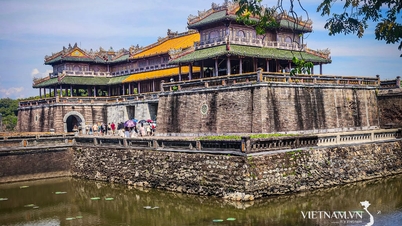

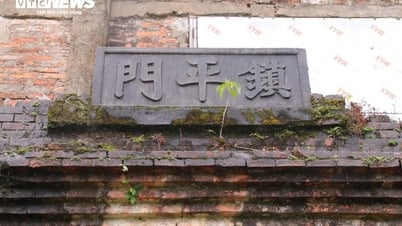

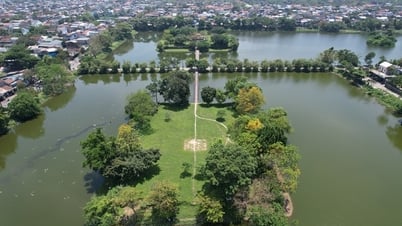

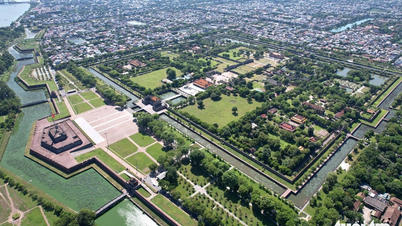
















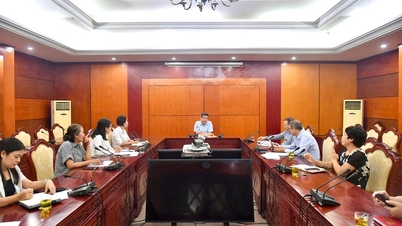


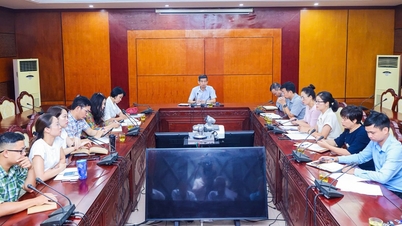









































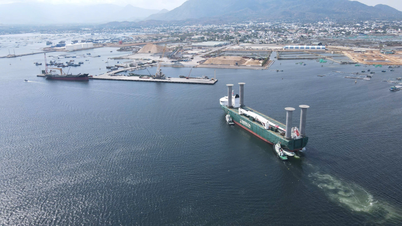




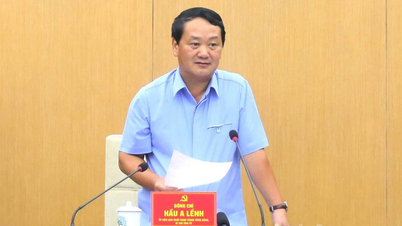
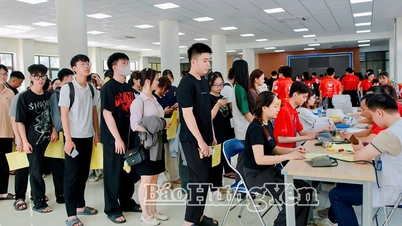














Comment (0)